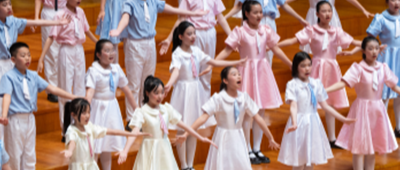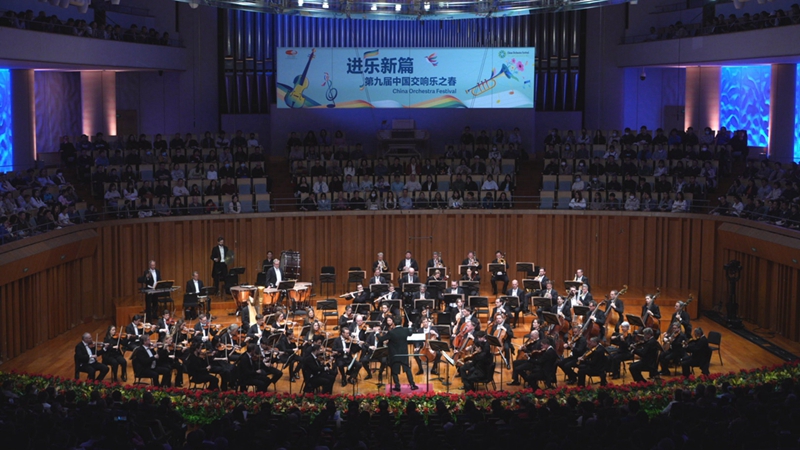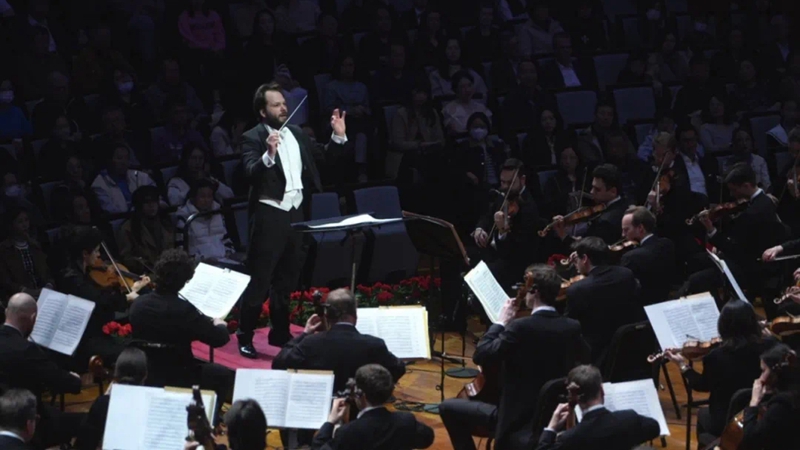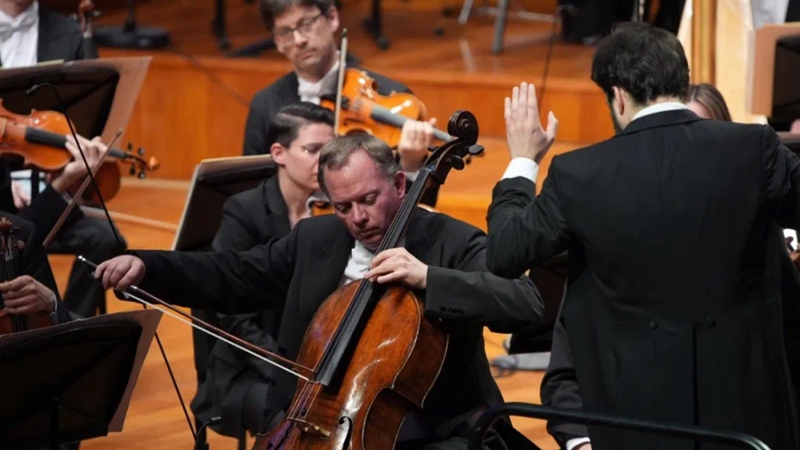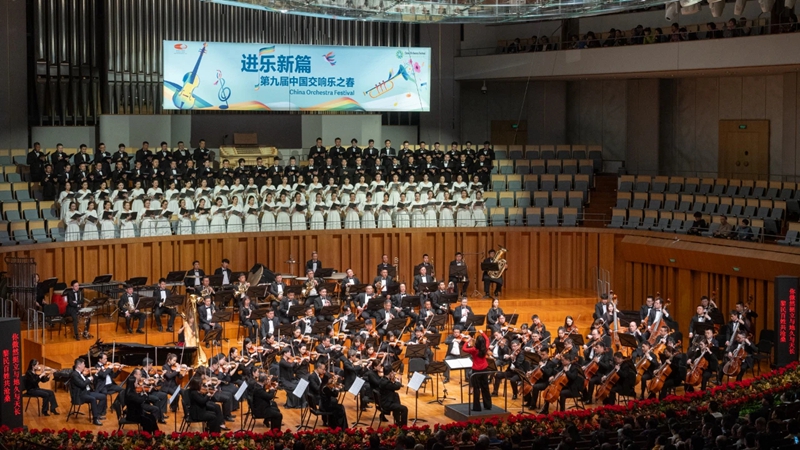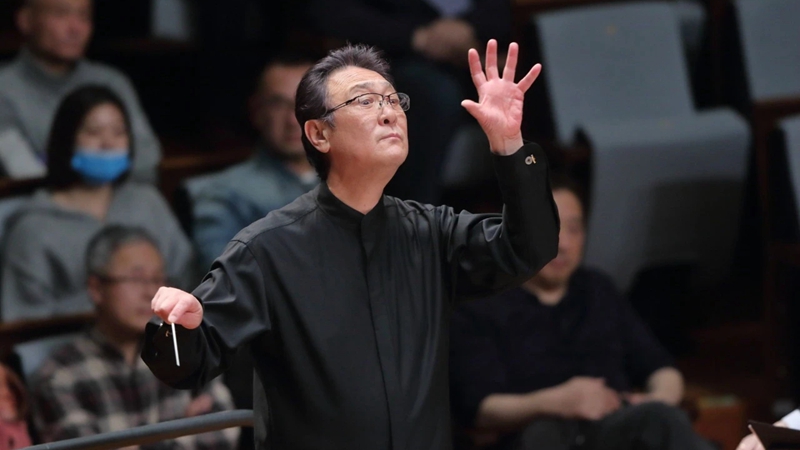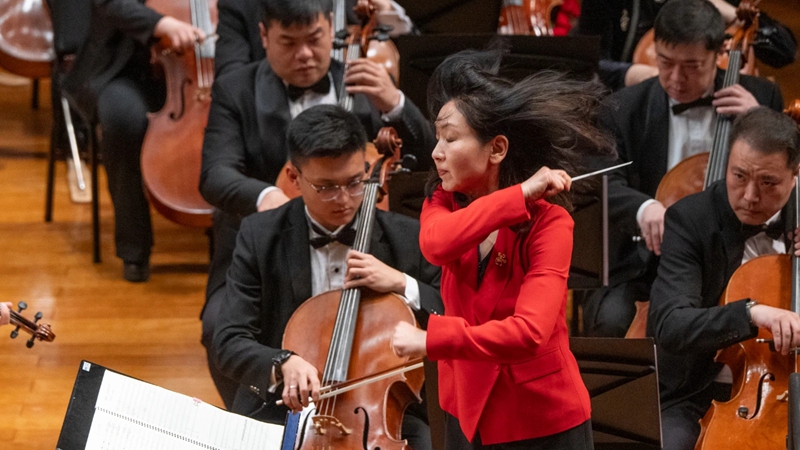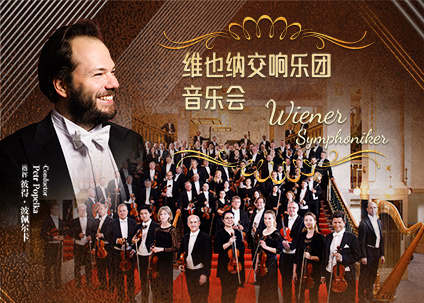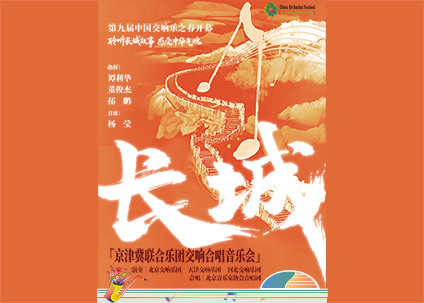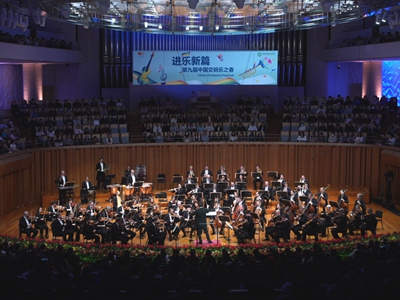The NCPA Ninth China Orchestra Festival came as promised on the Tomb-Sweeping Day. The Wiener Symphoniker gave an elaborate concert on April 4
th and Beijing-Tianjin-Hebei Joint Orchestra gave another on April 6
th, kicking off this year’s China Orchestra Festival together. A symphonic epic themed “The Great Wall” was put on to show the charm of China, while top global artistic vitality was injected into Chinese symphonic music by a world-renowned orchestra from the “City of Music”. The special “Double Opening Ceremony” manifests the NCPA’s cultural confidence in spreading the story of China and its determination to open the door broader for exchanges and mutual learning.
The Strauss family has awe-inspiring fame in Vienna, Austria, where Johann Strauss II and his works are, particularly, most prestigious. The year 2025 marks the 200
th anniversary of the birth of Johann Strauss II. On the night of April 4
th, the Wiener Symphoniker held a concert featuring Strauss’ works under the leadership of Principal Conductor Petr Popelka. The artistic achievements of the "Waltz King," ranging from salon pieces to operettas, are authentically showcased by the century-old "Viennese Tone."
The concert began with the operetta
Eine Nacht in Venedig - Ouvertüre, which depicts the dim beauty of the city of water, Venice, in beautiful melodies. Then
Blumenfest Polka captured the joyful atmosphere of an outdoor garden party, while conductor Popelka led the orchestra with a characteristically Viennese rubato, infusing every phrase with a dance-like breath. In
Wo die Zitronen blüh’n, the strings carried a honeyed sweetness with each attack, while the woodwinds’ grace notes and appoggiatura blossomed like flowers on a branch, bringing the springtime air of Vienna’s forests to Beijing. Strauss’ rarely-heard Romance No. 2 was rendered with the cello principal Christopher Strudner as the soloist. As a performer who has signed a lifelong contract with the Vienna Concert Hall, he gave a rendition of these fascinating melodies in a velvety warm tone, perfectly showing the exquisite charm of salon music prevalent in Strauss’ time. Johann Strauss II’s younger brother Josef Strauss, another important composer in the “Strauss family”, also composed many pieces of well-known music. His short and pithy
Auf Ferienreise Polka Schnell was composed during the heyday of railway construction in Europe. So this piece presents a vivid picture of a steam train starting up and chugging along. When enjoying it, the audience could not only hear a steam train roaring, but also feel a strong desire that mankind cherished for speed and faraway places during the Industrial Revolution. The second half of the concert featured Russian music, too, with mighty dramatic tension presented in dance excerpts from Tchaikovsky’s opera
Eugene Onegin to the accompaniment of a dance symphony.
Under Popelka’s leadership, the orchestra gave an encore,
Frühlingsstimmen Walzer, upon the completion of
Rosen aus dem Süden-Walzer at the end of the concert. Watching their graceful, exquisite performance, the audience seemed to see a vivid picture of “the first ray of sunshine on melting snow”. When the applause hadn’t died down yet, there appeared what sounded like “thunder” from the timpani -
Thunderbolt Polka was already storming the stage, impassioning the audience to the full.
The Great Wall is what represents the Chinese nation and an important symbol of the Chinese civilisation, standing for the Chinese people’s inexhaustible mettle and patriotic feelings. Founded at the initiative of the Beijing Symphony Orchestra, the Beijing-Tianjin-Hebei Joint Orchestra has three founding members including the Tianjin Symphony Orchestra and Hebei Symphony Orchestra. On the night of April 6
th, conductors TAN Lihua, YI Juanzi and TUO Peng raised their batons over the Joint Orchestra in a strong lineup of 120 musicians and 100 mixed choral singers, including those from the Beijing Musicians Association Choir, passionately presenting a symphony concert themed “The Great Wall” by joining hands with guest singers WANG Qingshuang, Tashi Dhondup and YANG Xiaoyong, with the old story of the Great Wall unfolding in magnificent symphonic music and beautiful singing.
The concert started with a solemn bugle call from the symphonic prelude
The Glory and the Dream. The sacred theme “Glory” was expressed in brass music, echoing with the other theme, “Dream”, in exciting and wide-range string music. The orchestra gave a splendid and affectionate performance. This was followed by
The Great Wall and Its Soul, a piece from
The Great Wall, a large-scale symphony commissioned by the Beijing Symphony Orchestra. As an important creative work themed “The Great Wall Cultural Belt” that was composed for the “One City, Three Belts” cultural activities,
The Great Wall features the use of traditional Chinese musical instruments including the sanxian, the guzheng, the bamboo flute and the suona. Vocal singing endows it with more distinctive local characteristics.
In the second half of the concert, the Joint Orchestra gave a rendition of the symphony
The Great Wall commissioned by the Tianjin Symphony Orchestra and the symphony
The Great Wall commissioned by the Hebei Symphony Orchestra, with “The Great Wall”, an old and solemn theme, described from various perspectives. The concert ended in the well-known melody of
My Motherland. Working together, the three orchestras from the Beijing-Tianjin-Hebei region presented the fruitful cultural and artistic results achieved by Beijing, Tianjin and Hebei during their coordinated development, also carrying forward the excellent traditional Chinese culture. That’s not only a response to the call of the times, but also a contemporary hymn to the “Great Wall Spirit” of the Chinese nation.
It is worth mentioning that the NCPA has also curated a special theme exhibition entitled “Symphony of the Times - A Centenary Parade of Chinese Symphonic Music”. The exhibition consists of four parts - “From Zero to One”, “Singing for the P.R.C.”, “From ‘Fashion’ to ‘Diversity’” and “Hymn to the New Era”. Displayed at the exhibition are more than 50 real objects including exquisite vinyl records, musicians’ manuscripts, autographed music scores, playbills and historical documents, with the century-long development of Chinese symphonic music visualised in plenty of pictures and videos.
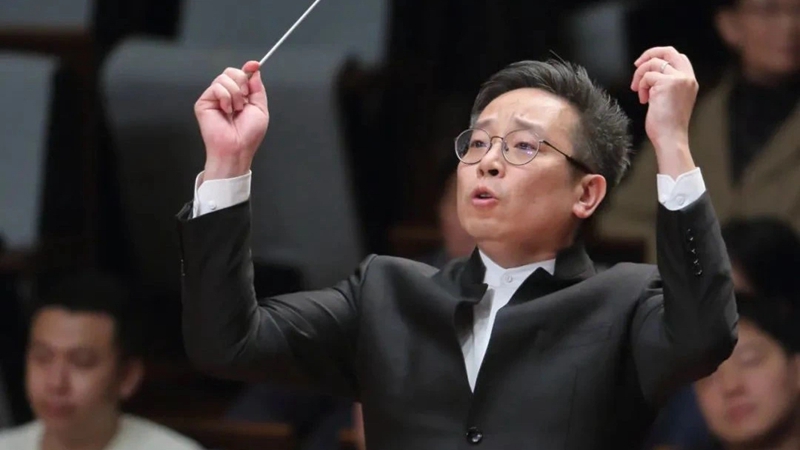
The Ninth China Orchestra Festival will last till April 30th. Over a period of 27 days, 21 professional symphony orchestras from 11 Chinese provinces and municipalities will join hands with 22 conductors and many artists to give 26 virtuoso concerts to demonstrate the vibrant vitality and contemporary charm of Chinese symphonic music.
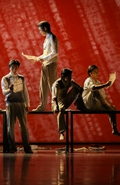 Repertoire
Repertoire
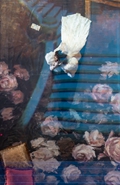 Films
Films
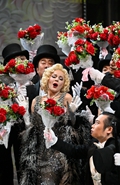 Videos
Videos
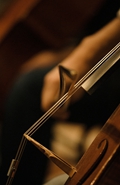 Podcast
Podcast
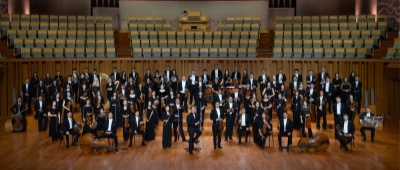 China NCPA Orchestra
China NCPA Orchestra
 China NCPA Chorus
China NCPA Chorus
 NCPA Resident Singers
NCPA Resident Singers
 NCPA Drama Ensemble
NCPA Drama Ensemble
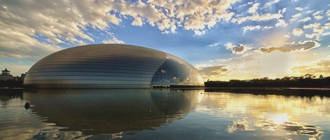 Buildings
Exhibitions
Buildings
Exhibitions
 Opening Hours
Services
Opening Hours
Services
 Western Cuisine
NCPA Café
Arts Gifts
Western Cuisine
NCPA Café
Arts Gifts








